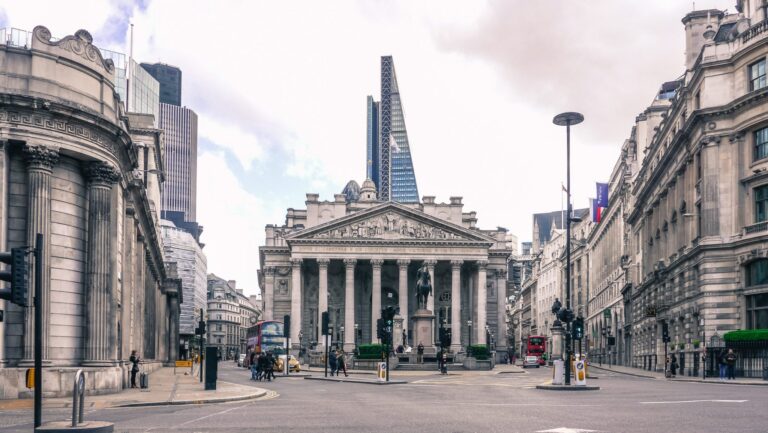Investing in a property before it’s been built, known as off-plan, has become an increasingly popular way for both individual and institutional investors to achieve greater returns, but some are put off by the idea of buying something they haven’t seen…
As the government drives to get more new-builds onto the market to ease the housing shortage, more and more people – from major investors to first-time buyers – are weighing up the pros and cons of buying a property off-plan, when the development is not yet underway but the plans are in-place and ready to go.
While it isn’t as straightforward as traditional house-buying, off-plan purchases are becoming increasingly commonplace. With advances in technology, most off-plan developments will be able to provide computer-generated imagery (CGIs), so you can see what the finished product is likely to look like, and the financial advantages of such an investment can often outweigh any uncertainty.
A cheaper way to buy
One of the major plus-sides is that the value at which you secure the property at the preliminary stage is likely to have increased by the time the development is completed, meaning the potential for capital appreciation is much higher than buying traditionally.
[crb_image link=”https://www.buyassociationgroup.com/en-gb/advice/property-investment-starter-course/” image=”https://cdn2.hubspot.net/hubfs/1717782/Asset_Store/WebCTA/cta.jpg” align=”left”]
Of course, nothing is guaranteed, so it is vital to ensure the development is situated in an area with strong appreciation potential. For example, some buyer-funded investments in London – where the deposits paid by investors to secure the units at off-plan stage are used to finance the project – have come under criticism recently after developments stalled due to the struggling market. By contrast, Savills predicts house prices in the north-west to significantly outperform London over the next five years, pinning the area as a top spot for property investment right now.
Another benefit of buying an off-plan property is that some projects are even offered at discounts of up to 5% for early investors, while the added bonus of getting in early is that you can be more selective about which property or plot you choose.
Furthermore, many developers offer buyers and investors the chance to personalise their properties with fixtures and fittings, as well as providing furniture packs at an extra cost meaning the whole property comes furnished on completion – which is great for both first-time buyers who don’t have their own furniture as well as buy-to-let investors who want to provide their new tenants with a fully furnished place to live.
Getting a mortgage
It is possible to take out a mortgage on an off-plan property, although different lenders will have varying lending criteria and different products available. Because most mortgage offers run out after six months, though, it might be necessary to reapply if the development is set to take longer than this, and this carries the risk of the lender changing their offer down the line.
If difficult market conditions mean that the mortgage valuation survey values the property at lower than the price you originally agreed, a second opinion can be sought – although for savvy investors choosing developments in the most up-and-coming locations, this risk should be minimal.
Some investors choose to ‘flip’ their properties, which involves buying at off-plan price, then reselling before completion once the value has risen, which you can read about here.
While it is vital to conduct thorough research into the developer, the location and the property plans to ensure you are making the best investment decision, buying off-plan comes with a wide range of benefits, and is an investment method that will likely increase in popularity as the number of new developments planned across the country rises in line with the government’s targets.










